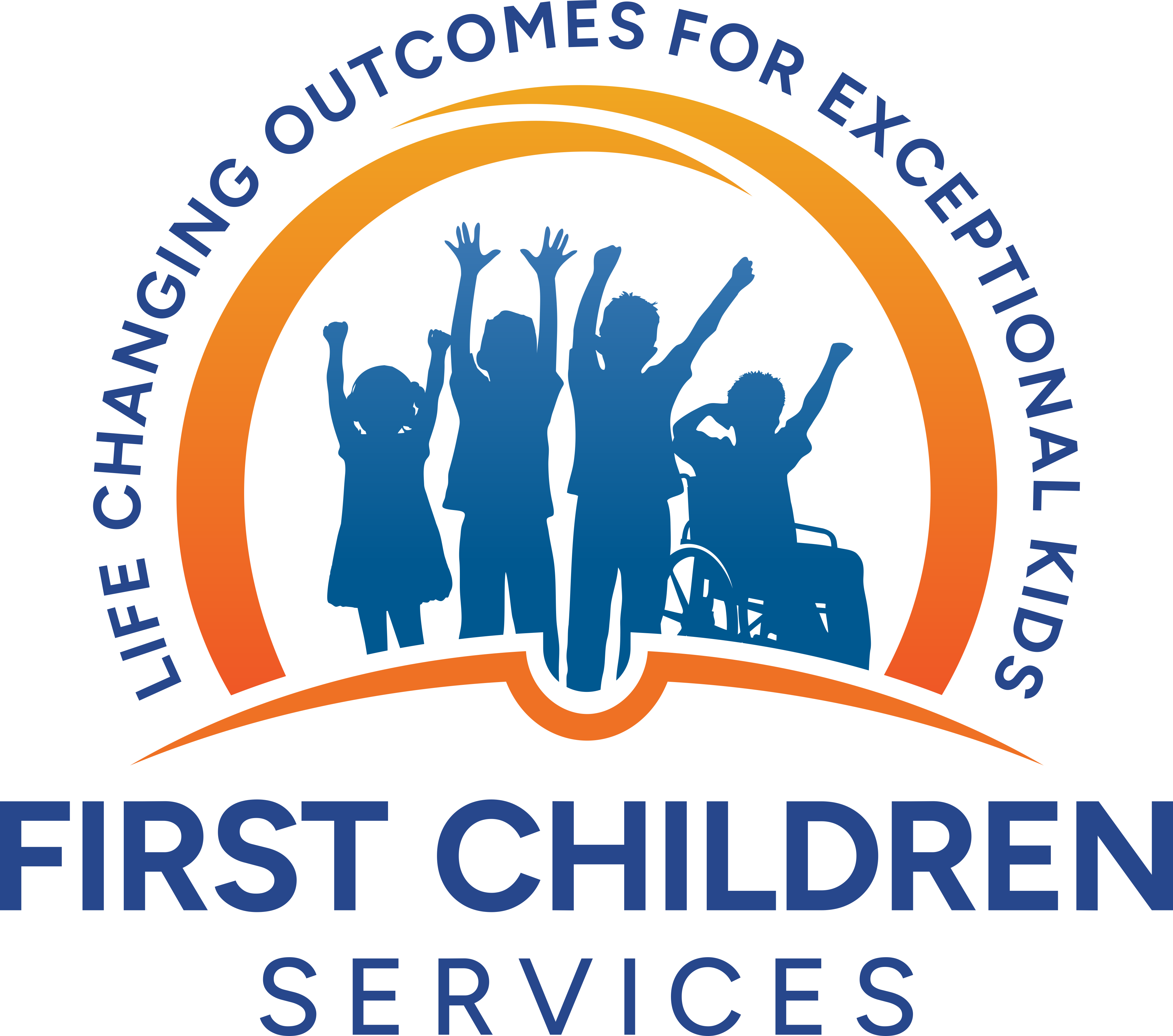By Susan Goldman, MEd, Director, Community Educational Services
I totally missed it! If I knew then what I know now, what a different impact I would’ve had on my inner city, urban student population. My mission was to teach math and try to get 150 street wise students, (although not emotionally or mentally ready at all), prepared for the complex math concepts that fifth grade placed on them. Teaching 35 kids in one classroom was a challenge in itself but having to regularly manage my classroom b/c of behavioral and disciplinary issues, always playing catch up and reviewing b/c of the excessive absenteeism was draining, difficult and confusing. I did everything I was taught in college- you know, teaching 101- be consistent, follow through, engage your students, etc. Little did I know that there was way more going on with those very cute but very tough ten year old kids. Why was I always disciplining the same kids for the same behaviors? What were the outbursts and crying all the time? Why did they have such issues working with their peers? Why were they so cruel to each other and me sometimes? Why, why, why?? I had no answers. What I did know was I had to teach them math, so I did the best I could.
I can’t be 100% sure of my students per say, but in recent months I have become extremely interested in the impact of childhood trauma on their development in society. This includes relationships, physical health and brain development, how stress and emotions affect one’s being and how they are dealt with, behavior in and out of the school environment, how this relates to problem solving and critical thinking skills, long term health issues and self- esteem and lastly, how this relates to anxiety which can lead to school refusal and excessive absenteeism.
First, let me identify what complex trauma is. “The term complex trauma describes both children’s exposure to multiple traumatic events, often of an invasive, interpersonal nature, and the wide-ranging, long term impact of this exposure. These events are severe and pervasive, such as abuse or profound neglect. They usually begin early in life and can disrupt many aspects of the child’s development and the very formation of a self”. (NCTSN: The National Child Traumatic Stress Network) The trauma can range from physical abuse to sexual abuse, witnessing abuse and/or violence of a parent or caregiver, violence in his/her community, and separation from family. Trauma can also occur from school violence, terroristic events (such as shootings in the community or school), and bullying. These types of trauma can have severe, long lasting and devastating effects on a child’s ability to grow physically and emotionally.
Growing up in a safe environment allows our bodies to develop the way it should. And part of developing in a relatively “normal” manner can also be determined by our environment. “When a child grows up afraid or under constant extreme stress, the immune system and body’s stress response systems may not develop normally”. (NCTSN) This will lead to a life of challenges for the child during all stages of life: emotionally, physically, behaviorally, cognitively and even economically.
So, finally getting to the point. As an educator, we need to learn about childhood trauma and how it affects students in our schools and classrooms. We need to be able to identify the effects of the trauma in our students and provide a safe and nurturing environment. We need to learn how to incorporate techniques and strategies within our teaching and be able to work with the social work/guidance departments on helping our troubled students so that the excessive absenteeism, anxiety and behaviors can be addressed immediately so that our children have a chance at a productive and happy life.
Here are some facts for us educators which I found amazing and want to share. According to the NCTSN and the Substance Abuse and Mental Health Services Administration (SAMHSA) and the US Department of Health and Human Services (HHS): (my thoughts are in parenthesis!)
- One out of every 4 children attending school has been exposed to a traumatic event that can affect learning and/or behavior. (That is 25%!!!)
- Trauma can impact school performance- lower GPA, higher rate of school absences, increased drop- out, more suspensions and expulsions, and decreased reading ability. (Note, school absences which is basically school refusal).
- Trauma can impair learning. Even a single exposure to traumatic events may cause jumpiness, intrusive thoughts, interrupted sleep and nightmares, anger, moodiness, and/or social withdrawal- any of which can interfere with concentration and memory. (When I worked in a highly urban area- my students would sleep during class and didn’t care to wake up even when I asked nicely!)
- Traumatized children may experience physical and emotional distress. Symptoms might be headaches and stomachaches, poor control of emotions, inconsistent academic performance, unpredictable and/or impulsive behavior, over or under reacting to bells, physical contact, doors slamming, sirens, lighting, thinking others are violating their space, blowing up when being corrected or told what to do by an authority figure, fighting when criticized by others, resisting transition or change, etc. (This could explain the out of control outburst out of nowhere in my class??)
- We can help our children who have been traumatized! (I truly believe we can, given the right support, resources and leadership)
